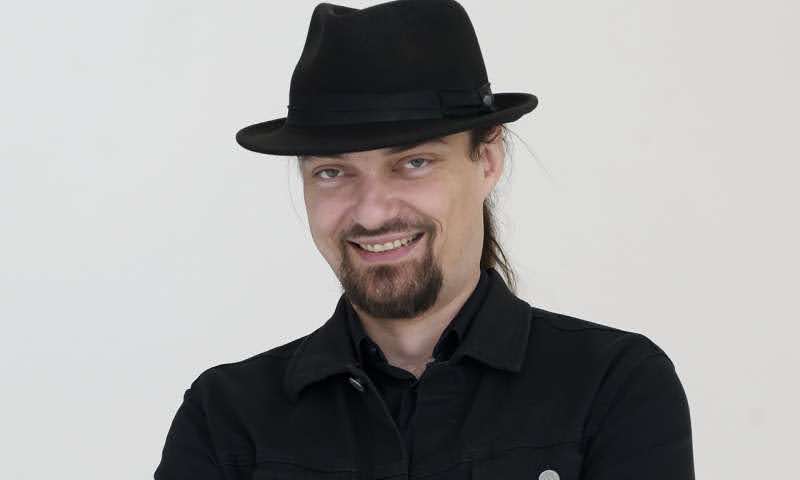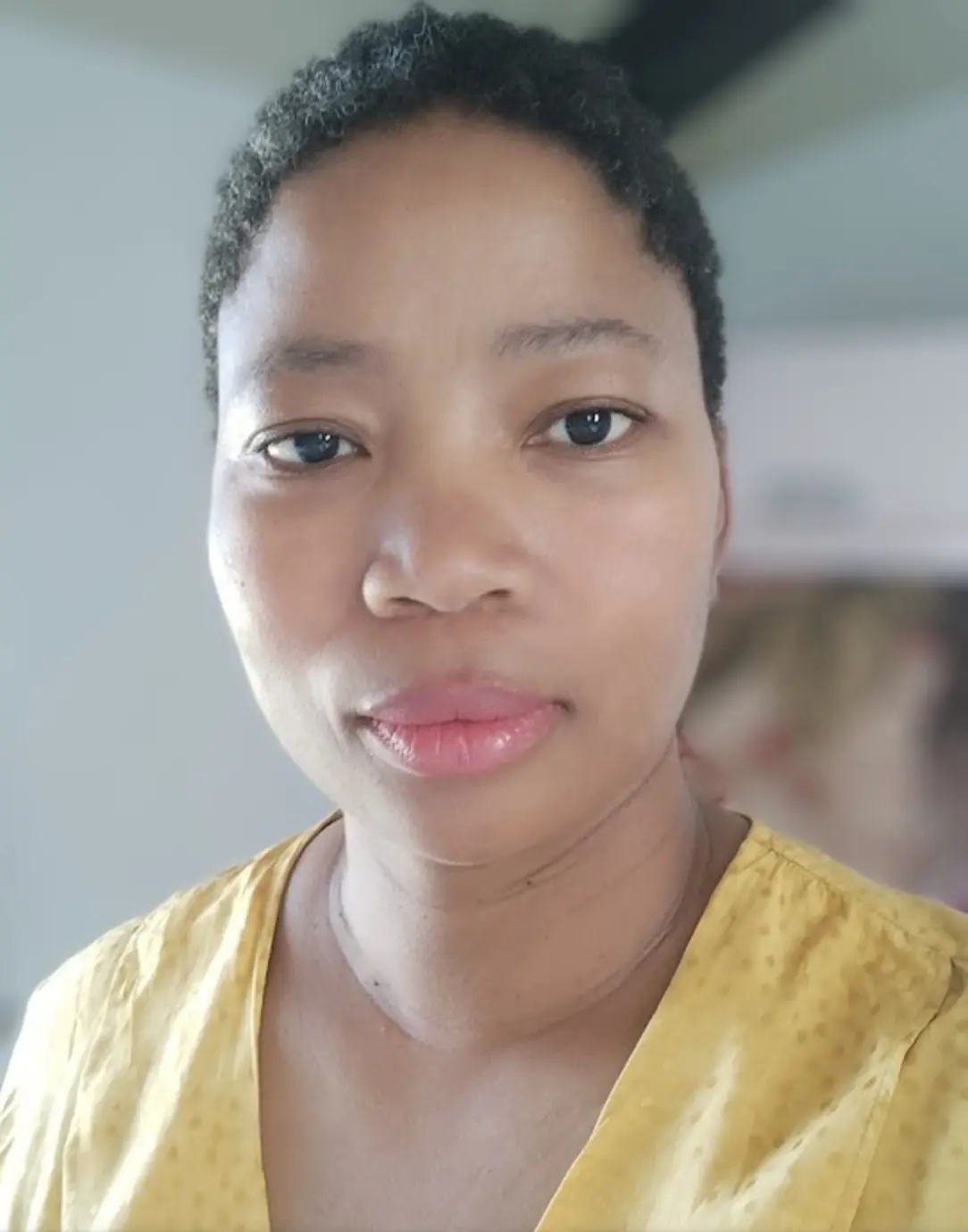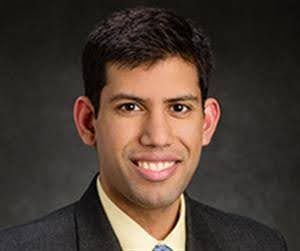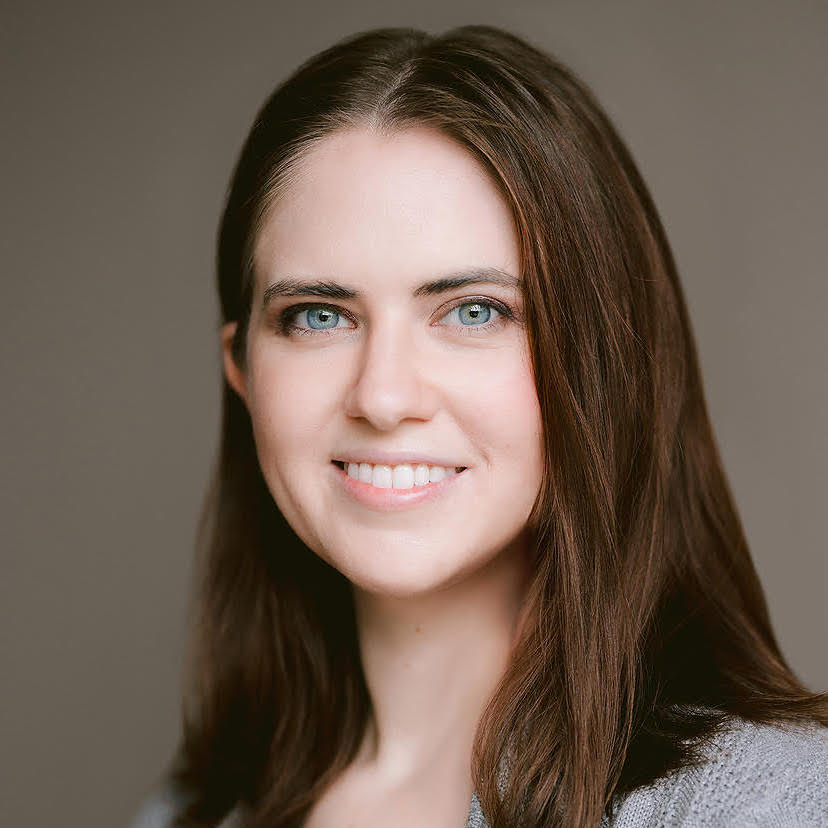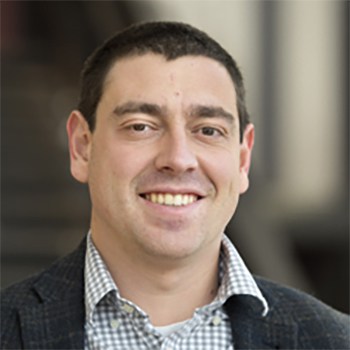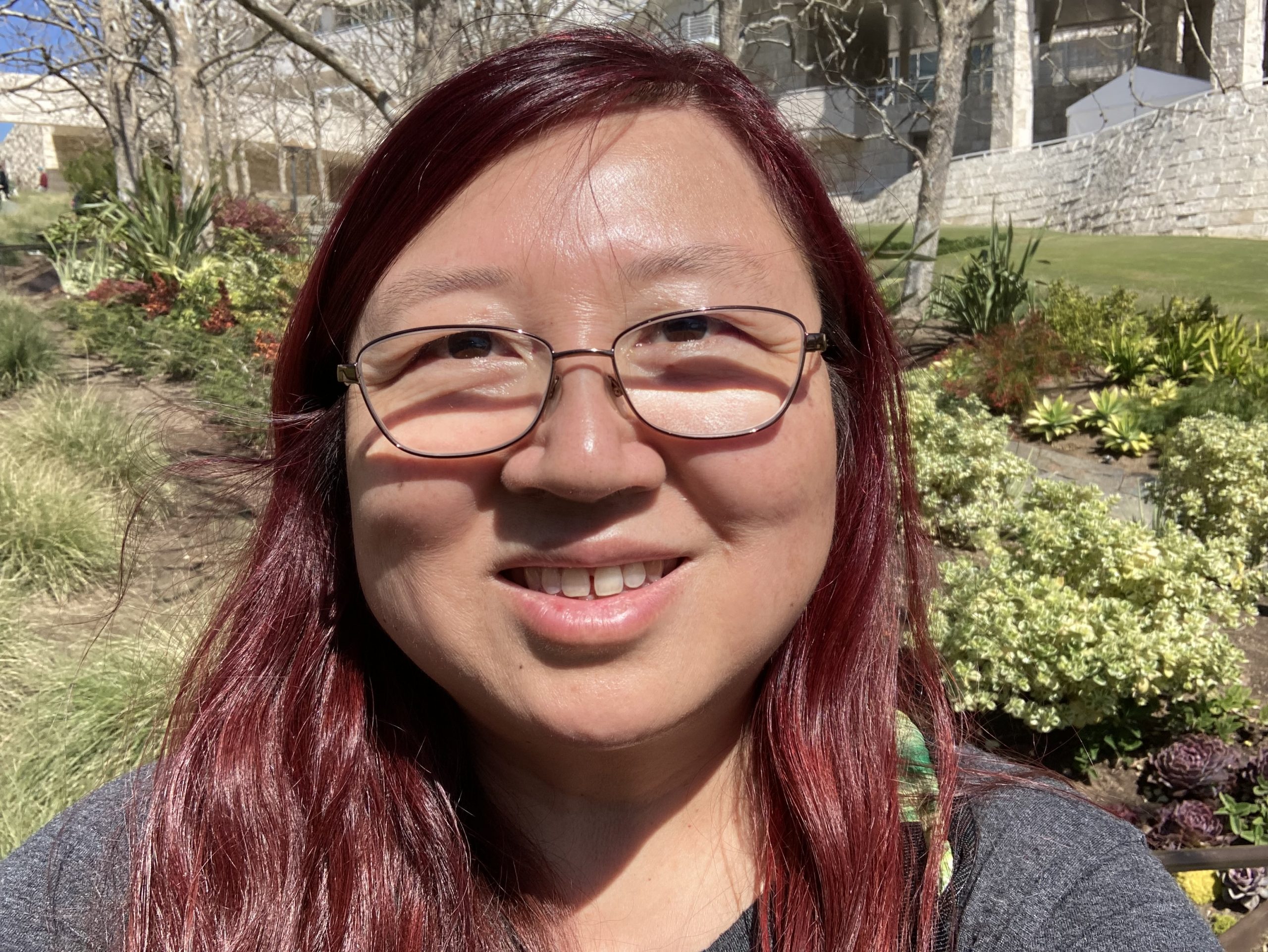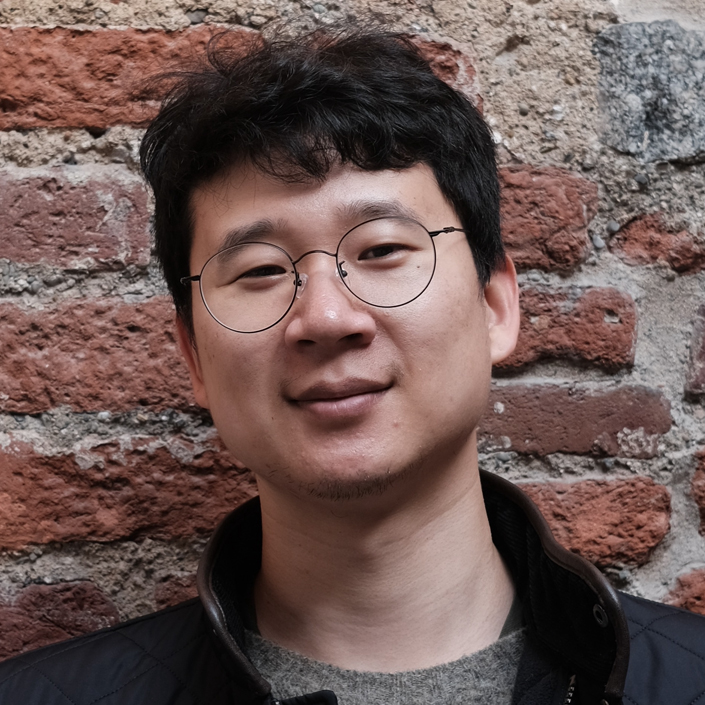Keynote Speakers

Dr. Pat Langley
Principal Research Scientist, Georgia Tech Research Institute
A pioneer in computational discovery and formalizing the scientific process
Overview
MIDAS organizes this event annually to enable the use of artificial intelligence (AI) to achieve research breakthroughs that were previously unfathomable. In this symposium, we bring together world-class researchers to share their vision and work, share “AI Journeys” stories – how University of Michigan researchers have been incorporating AI in their research and the lessons they impart to the audience, and offer sessions for research brainstorming and skill building.
The symposium will feature four themes:
The intended audience are researchers and trainees regardless of the specific fields of their research and the focus of their intellectual pursuit, as well as the general public who are curious about AI and its impact on science and humanity.
Organizers
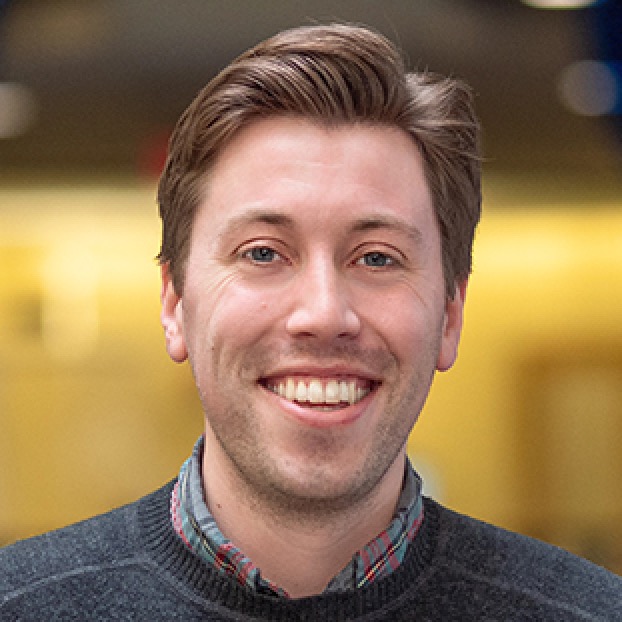
Walter Dempsey
Assistant Professor of Biostatistics, Assistant Research Professor at the Institute of Social Research, Department of Biostatistics
Facilities & Accessibility
- 2nd Floor Ballroom, Michigan League, 911 N University Ave., Ann Arbor, MI 48109
- Parking
- Metered parking is available on several streets surrounding the Michigan League. There is also a public parking lot on Maynard Street, three blocks from the League.
- All programming will be on the 2nd floor, accessible via elevators on the north end of the building.
- For more information, please consult the Michigan League section of https://uunions.umich.edu/plan-your-trip/ for floors plans and driving directions.
This event is made possible with the generous support of Schmidt Sciences.
This symposium is free to all members of the U-M community (faculty/staff, students, affiliates, alums) with registration.
For members of the public, the $200 registration fee covers attendance for both days, including AI Tutorials and lunch. Fee payable by credit card.
Questions? Contact Us.
Message the MIDAS team: [email protected]
